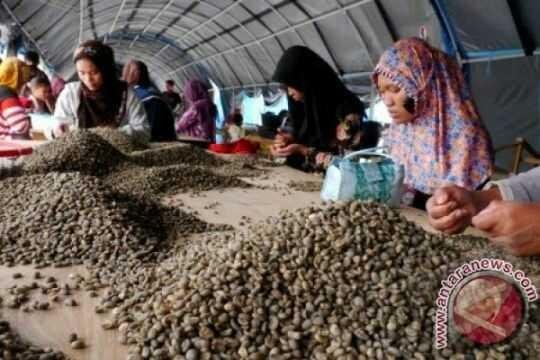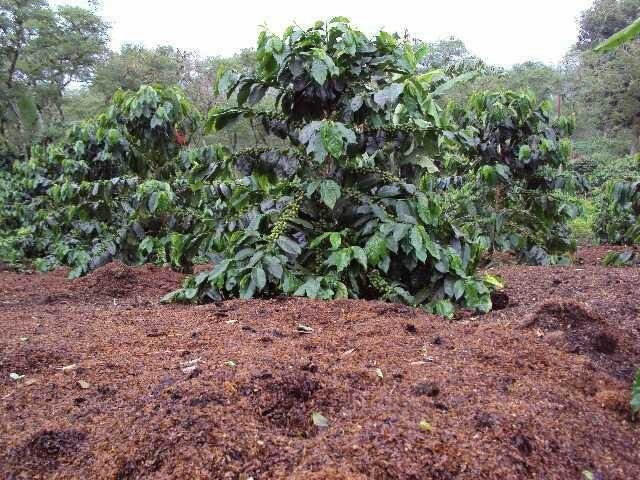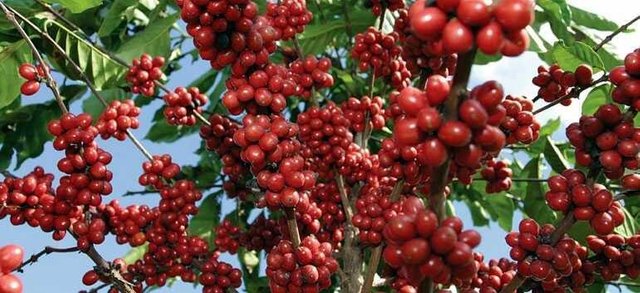Can coffee waste be fuel?
Member of Research Team of Coffee For Social Welfare (CFW) Universitas Jember Dr. Soni Sisbudi Harsono utilizes coffee waste into gas fuel that can be used by society to cook daily necessities.

"Coffee peels can be used as fuel for gas substitutes by the community, so they can save the economy and now live how the community is given training to treat the skin of coffee into fuel," he said at the Campus of Jember University, East Java, Wednesday.
During the coffee harvest season, he continued, many found piles mounted from waste coffee or coffee shells and without good handling, then the waste of coffee skin that could potentially be a source of disease for the surrounding community.

"Coffee waste is acidic, so it is not good for the soil and potentially a source of disease for the surrounding community.Usually people around coffee waste are often sickly, so there should be efforts to treat the waste well and bring blessings to the surrounding community," he said.
According to him once the harvest season from May to September, usually the coffee skin waste around the plantation area Ijen Crater Bondowoso reaches 4 tons and during this waste of coffee skin only become garbage for approximately six months.
"After six months, coffee waste can be used as organic fertilizer for coffee plants, but during the waiting period the waste can damage the soil conditions due to acid and water absorption of coffee waste is not very good when the rainy season water," he said.

For that, lecturer at the Faculty of Technology of Pertania (FTP) University of Jember together with students are working, so that the waste of coffee can be utilized properly by the community.
"For example, it can be used as fuel and fuel-making process in the form of briquettes made from leather coffee is easy enough that the skin dried coffee waste to the water content below 12 percent," he said.
Then the size is reduced and mixed with other ingredients such as grajen wood or charcoal husk mixed with glue made from cassava made by themselves, after it is inserted on the machine and then dried pencatak.
He said the cost for the process of making the stove fuel pellets is affordable for the middle class people down and to produce 1 kilogram of briquettes only cost Rp6.500.
"Each kilogram can cook 1 kilogram of rice, cook water and cook the side dishes for 8 hours, making it 25 percent more efficient than the total cost of subsidized gas and greatly help reduce household expenditure," he said.

Soni and his team have succeeded in producing energy-saving stoves that fuel can use the waste of coffee skin and the stove will be mass produced to be distributed or sold cheaply to the community around the coffee plantation.
"Not only the skin of coffee, twigs and coffee leaves can be processed as fuel for the stove we produce, the fire produced is large enough to be used for households or small businesses such as fried sellers," he said.
He hopes the home stove can improve the welfare of the community around the coffee plantation and will guide the community, in order to produce stoves and briquettes independently.
"The cost for the manufacture of one stove is not more than Rp125,000 and the fuel does not have to waste coffee skin because the fuel in the form of Biopellet can also be made from cattle manure waste, banana tree trunks and other household organic waste," he said, adding .